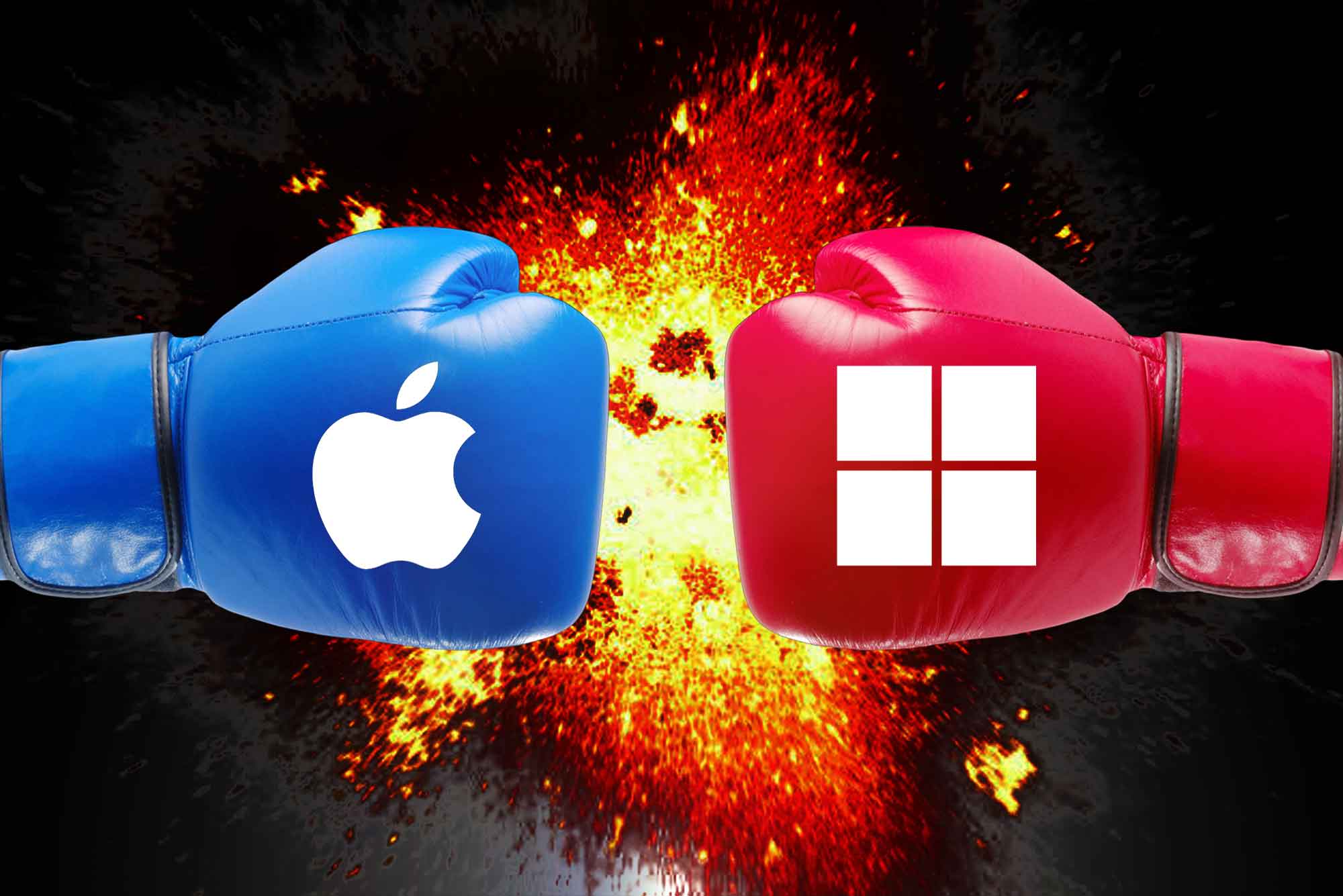Oil Enterprise Mac OS

- To install Splunk Enterprise on Mac OS X: Place the file into a folder. From the terminal, expand the tar file into the local directory using the tar command: tar xvzf splunkpackagename.tgz Change directory to Splunk/bin and start the services.
- For example, OS X 10 lets administrators query a Mac computer for its iTunes account to determine whether the Apple ID associated with the computer has changed. Admins can also do this with iOS 8.
 -->
-->Deploy, configure, and administer Mac OS X in the enterprise Navigate file systems, install applications, and run virtual machines Integrate LDAP services, including Active Directory (AD) and Open Directory (OD) Maintain enterprise integrity across Mac and Windows platforms.
Developer Community System Requirements Compatibility Distributable Code Xamarin Blogs Servicing
The minimum system requirements for the Visual Studio 2017 for Mac family of products is below. To install Visual Studio 2017 for Mac,see Visual Studio 2017 Downloads. For information about everythingthat's new in this release, see the Visual Studio for Mac 2017 release notes.See also Visual Studio 2017 for Mac Platform Targeting and Compatibility.
Visual Studio 2017 for Mac
Google Enterprise Os
The following products support the minimum system requirements below:
Microsoft Enterprise Os
- Visual Studio Enterprise 2017 for Mac.
- Visual Studio Professional 2017 for Mac.
- Visual Studio Community 2017 for Mac.
Supported Operating Systems | Visual Studio 2017 for Mac will install and run on the following operating systems:
Xamarin.iOS and Xamarin.Mac projects may require newer versions of macOS as a result of Xcode requirements. Please see the [Xamarin release notes](https://docs.microsoft.com/xamarin/ios/release-notes/) for more information. |
Hardware |
|
Supported Languages | Visual Studio for Mac is available in the following languages:
|
Additional Requirements |
|
Windows 10 Enterprise Os Download
Mac OS X Enterprise Course Outline
Oil Enterprise Mac Os Catalina
Mac OS X Overview
- Installing OS X
- Configuring OS X clients and servers
- Establishing requirements for interoperability
- Setting the stage for the enterprise
Navigating the Mac User Interface
Server operating system features
- File Sharing Services
- Client Management
- Networking Services
- Directory Services
Administering the file system
- Managing the file system with Finder
- Uncovering the underlying UNIX file system
- Manipulating advanced file system attributes
Installing Mac applications
- Examining installation methodologies
- Monitoring application health
- Comparing Mac and Windows application architectures
Running Windows on the Mac platform
- Virtualizing OS installations with Vmware
- Booting Windows natively with Bootcamp
Managing OS X Network Integration
Setting network preferences
- Establishing appropriate protocols for communication
- Activating network devices: Ethernet, AirPort
- Modifying preferences for Internet & Wireless
User account administration
- Adding and managing users
- Defining security settings for user accounts
- Preparing users for directory integration
Creating OS X and Windows workgroups
- Sharing files between Macs
- Setting permissions on file system objects
- Connecting Macs with SMB and AFP protocols
- Introducing SMB for PC connectivity
Sharing system resources
- Printer sharing
- Screen sharing
- Web sharing
- FTP
- Remote Desktop sharing
Building Centralized Directory Services
Integrating OS X into Active Directory (AD)
- Implementing LDAP services: AD and Open Directory
- Configuring AD for Mac integration
- Introducing iOS devices into the enterprise
Configuring directory services on an OS X client
- Leveraging Directory Utility for enterprise access
- Activating AD plug-in and Open Directory components
Managing OS X clients with Open Directory (OD)
- Centralizing administration with a Mac server
- Working with the Server Admin and Workgroup Manager
Integrating Mac OS X and Windows
Administering network resources and clients
- Building AD Users with the (ADUC) tool
- Integrating directory services with Workgroup Manager
Managing Mac desktop preferences
- Establishing distribution group architectures
- Pushing preferences with Profile Manager
Creating directory redundancy
- Replicating the Open Directory
- Specifying Master/Replica configuration
Accessing desktops remotely
- Microsoft Remote Desktop Connection
- Apple Remote Desktop
Maintaining Enterprise Services
Building enterprise DNS for AD and OD
- Establishing the primary DNS architecture
- Resolving DNS names across platforms
Synchronizing time services
- Aligning time services for authentication
- Configuring W32Time and SNTP
Authenticating users with Kerberos
- Establishing Kerberos authentication paths
- Investigating Kerberized applications
Ensuring enterprise integrity
- Leveraging Disk Utility for backups and imaging
- Centralizing backups to a server